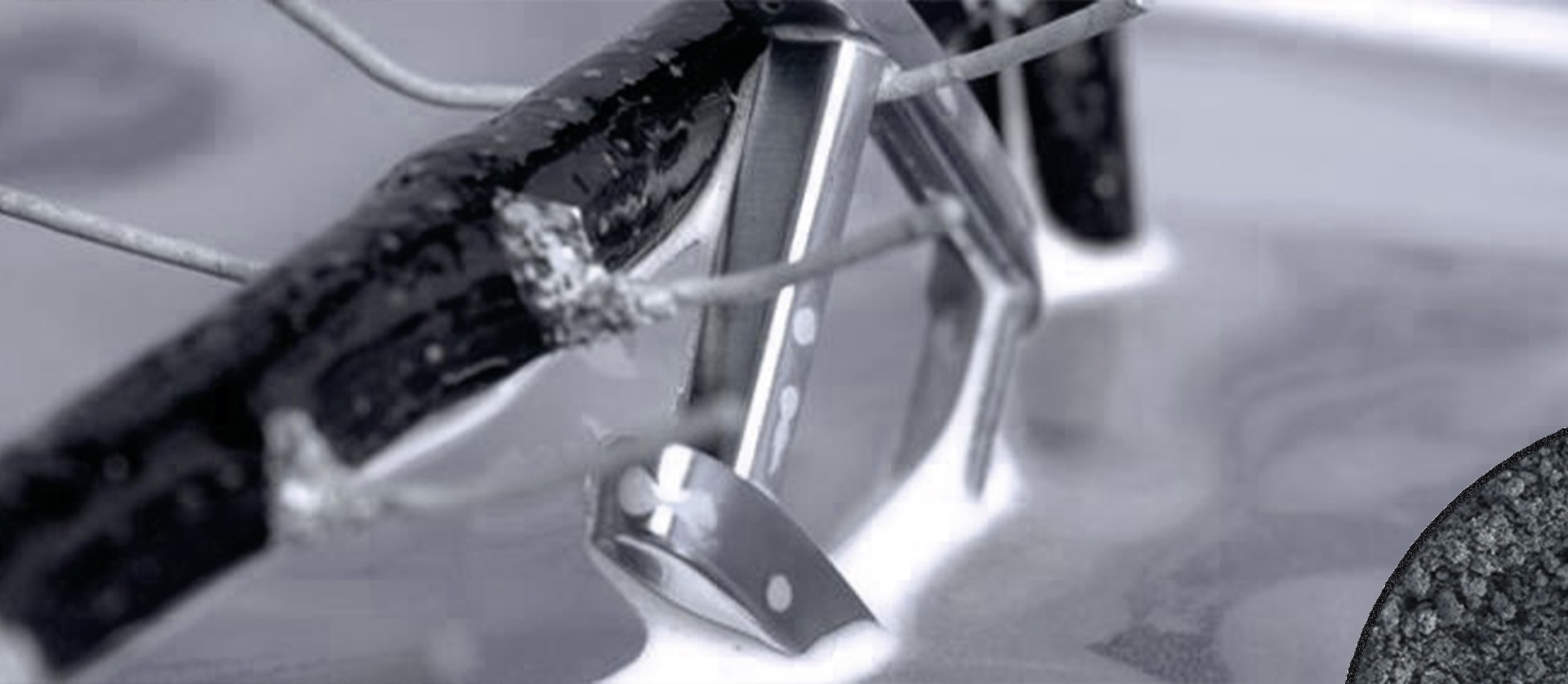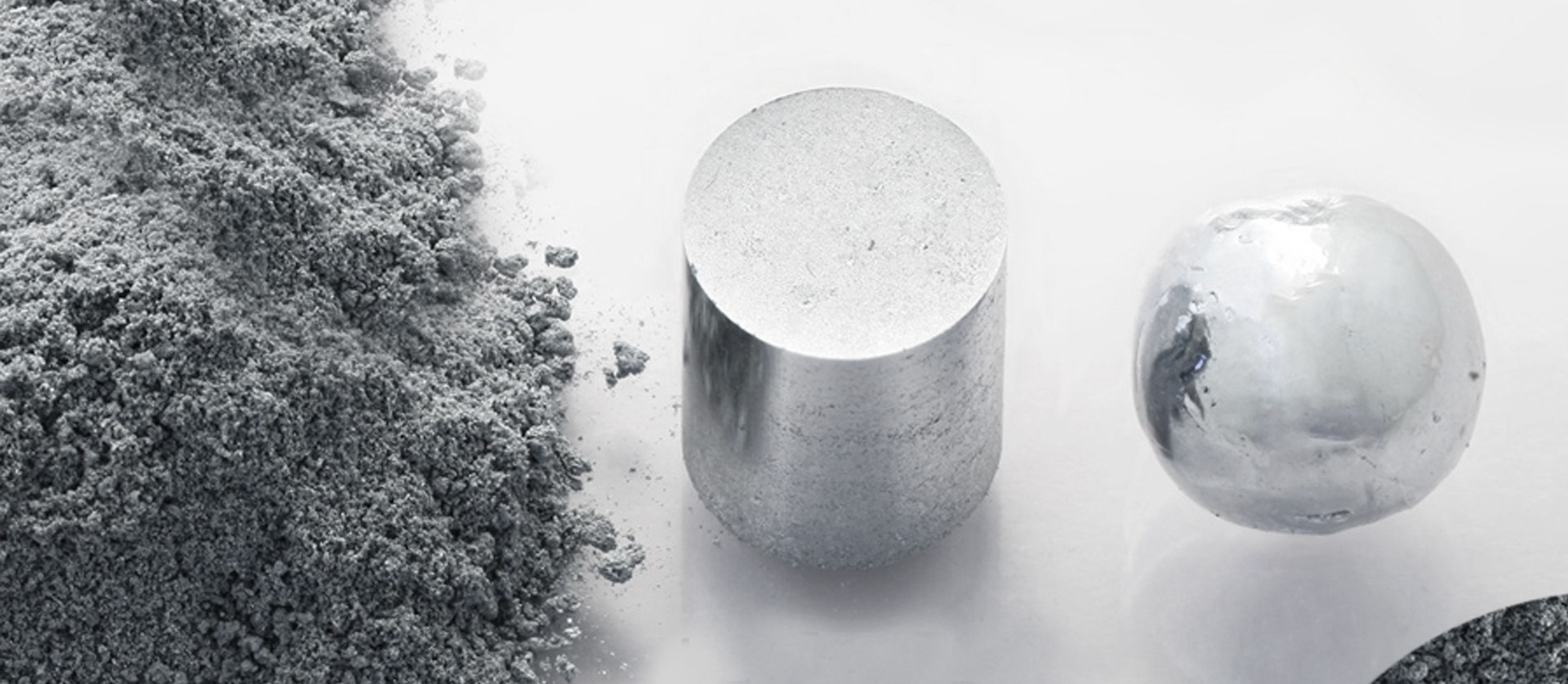Rhodium Plating: What it is and when It’s Useful for your Jewelry

A bath of brilliance: this is how we could define rhodium plating, the treatment used in jewelry making to make white gold and silver jewelry more brilliant. It is a process that is not only aesthetic, but also useful for protecting the surface of jewelry from external agents that could damage it. Let’s therefore examine in detail what it involves and how it works.
What is Rhodium Plating
The name derives from rhodium, a precious metal, indeed the most precious in the world: its value, in fact, significantly exceeds that of gold. The reason lies in the difficulty of sourcing and extraction: rhodium is very rare and is often found in minerals of other metals, such as platinum. It is silver-white in color and very resistant, so much so that it is also used in industry. In jewelry making it is often alloyed with platinum, to increase its hardness, and precisely as a treatment to increase the brilliance of white gold and silver.
How Rhodium Plating Works
The rhodium plating, therefore, is the process that allows jewelry to be covered with a thin layer of rhodium, whose thickness can range from a minimum of 0.1 micrometers (1 micrometer, formerly called micron, is one thousandth of a millimeter) to a maximum of 25 micrometers. The treatment is carried out through electrolysis, the process that achieves a chemical transformation through electrical energy. Electrolysis was discovered by Italian chemist Luigi Brugnatelli in 1805 and is also the basis of other processes for coating metals, such as gold and silver plating.
The procedure involves a galvanic bath (it is also called “galvanic rhodium plating”), that is, a tank that contains an aqueous solution of rhodium salt. The jewelry to be rhodium-plated is immersed in the tank, which, through electricity, becomes covered with rhodium microparticles.

When It’s Useful to Rhodium-Plate Jewelry
There are various results that can be obtained from this treatment, which, as already mentioned, concerns not only the exterior appearance of jewelry, but also their care over time.
When is it advisable to have jewelry rhodium-plated?
– When you own a piece of jewelry that shows signs of time and wear and is dulled and/or marked on the surface: rhodium plating will restore it “like new,” giving it brilliance and splendor.
– If you desire greater protection and durability: the surface of the jewelry, when treated this way, resists scratches and risks of corrosion better and longer.
– In case of nickel allergy: rhodium plating protects the skin from contact with nickel, sometimes used for white gold and silver jewelry, and is well tolerated by allergic people.
It should be emphasized that even the rhodium layer, over time, can wear away, becoming thinner and therefore making new rhodium plating necessary.
Among the possible disadvantages, we must mention the cost of the treatment, which can be high: the use of such a rare and precious metal is certainly not economical, but the cost can be balanced by greater durability of the jewelry.
How to Clean Rhodium-Plated Jewelry
If the general rule for jewelry care suggests avoiding chemical products and aggressive treatments, this applies even more in the case of rhodium-plated pieces. The risk, in fact, is that of damaging the rhodium layer, thus nullifying the entire treatment.
The ideal cleaning is therefore with water only and a very soft cloth or brush.
To protect the rhodium plating for as long as possible, it is also advisable to avoid contact with other jewelry, which could create scratches on the rhodium-plated surface.